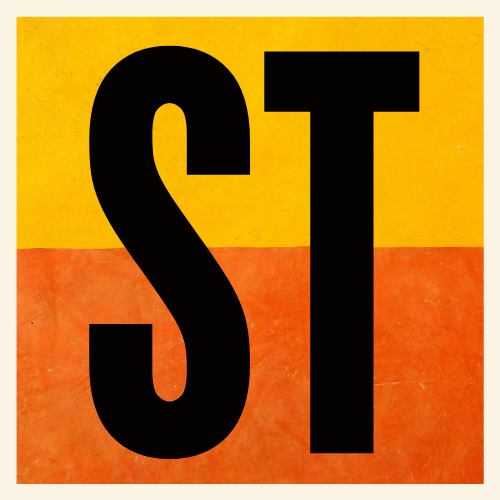Understanding Cognitive Bias: The Invisible Influencers of Our Decisions
Discover how cognitive biases like anchoring and framing affect your decisions. Learn practical strategies to recognize and mitigate these biases for better decision-making. Explore insights from Nobel Laureate Daniel Kahneman and real-world examples.

The Subtle Art of Decision-Making
Imagine navigating a dense forest with only a flickering lantern to guide your path. Your steps are cautious, influenced by the shadows and shapes that appear momentarily in the dim light. This analogy mirrors how our minds navigate decisions daily, influenced by subtle yet powerful cognitive biases. This article will delve into cognitive bias, focusing on two prominent types: anchoring bias and framing effect. Understanding these biases can sharpen your decision-making skills and help you make more informed choices.

What is Cognitive Bias?
Cognitive bias refers to systematic errors in thinking that affect people's decisions and judgments. These errors arise from the brain's attempts to simplify information processing. Given the plethora of decisions we face daily, our brains rely on mental shortcuts or heuristics. While these shortcuts help expedite decision-making, they can also lead us astray.
Mental Shortcuts: The Double-Edged Sword
Our brain uses mental shortcuts to cope with complexity in decision-making. For example, when approaching a yellow light, you instinctively assess the distance between your car and the signal to decide whether to stop or keep going. This decision is made without an exhaustive analysis, relying on visual cues. However, these shortcuts can fail us, especially in critical situations like aviation, where precise judgment is paramount.
Nobel Laureate Daniel Kahneman has extensively researched these mental shortcuts, known as heuristics. His book Thinking, Fast and Slow offers profound insights into how we think. Heuristics simplify our decision-making process but can also lead to biases, affecting our choices.
Common Cognitive Biases: Anchoring Bias and Framing Effect
Anchoring Bias: The Weight of First Impressions
Anchoring bias occurs when individuals rely too heavily on the first piece of information they receive. This initial information acts as an anchor, influencing subsequent judgments. Marketers often exploit this bias to sway consumer decisions.
Example: The Art of Anchoring
Imagine you're an art enthusiast visiting a gallery. You find a painting that resonates with you but has no price tag. Based on its appeal, you estimate it to be worth $500. However, the dealer suggests a price of $3,500. This higher price is an anchor, skewing your perception and making you more likely to accept a higher price than you initially anticipated.
Personal Story: Falling for the Anchor
I remember shopping for a used car a few years ago. I had researched and had a rough estimate of what I was willing to spend. At the dealership, the salesman showed me a car that I liked, but it was priced significantly higher than my budget. The initial high price set an anchor in my mind, and despite negotiating, I ended up paying more than I initially planned because that first number kept influencing my perception of the car's value.
How to Mitigate Anchoring Bias:
1. Seek Multiple Perspectives: Challenge the initial information by considering alternative viewpoints.
2. Isolate Your Thoughts: Make decisions independently before discussing them with others to avoid being influenced.
3. Open-Mindedness: Encourage diverse opinions to broaden your perspective.
Framing Effect: The Power of Presentation
The framing effect occurs when the way information is presented influences decision-making. This bias highlights the importance of context and wording in shaping our choices.
Example: The Smoking Prayer
A classic joke illustrates the framing effect. A man asks a priest if he can smoke while praying and receives a negative response. He then asks another priest if he can pray while smoking and gets a positive reply. The difference in answers stems from how the question is framed.
How to Mitigate Framing Effect:
1. Focus on Objectives: Remember your primary goals when framing problems.
2. Challenge the Frame: Question the initial framing and consider alternative ways to present the issue.
3. Reframe for Clarity: Regularly reassess the problem's framing to ensure it aligns with your objectives.
Conclusion: Mastering the Art of Decision-Making
Cognitive biases, such as anchoring and framing effects, are ingrained in our thinking processes. While it's challenging to eliminate these biases, awareness and proactive strategies can mitigate their impact. Understanding how these biases operate can help you make more informed and balanced decisions.
Key Takeaways:
• Cognitive Bias: Systematic errors in thinking that affect decision-making.
• Anchoring Bias: The first piece of information disproportionately influences subsequent judgments.
• Framing Effect: The presentation of information impacts decision outcomes.
• Mitigation Strategies: Seek diverse perspectives, isolate initial thoughts, and challenge the framing of issues.





